Phys Ed Vocab Cards
1/24
There's no tags or description
Looks like no tags are added yet.
Name | Mastery | Learn | Test | Matching | Spaced |
|---|
No study sessions yet.
25 Terms

Physical Activity - Bodily movement produced by skeletal muscles that require energy expenditure and produces progressive health benefits.
There are many different types of physical activity, and the needs of each person differs.
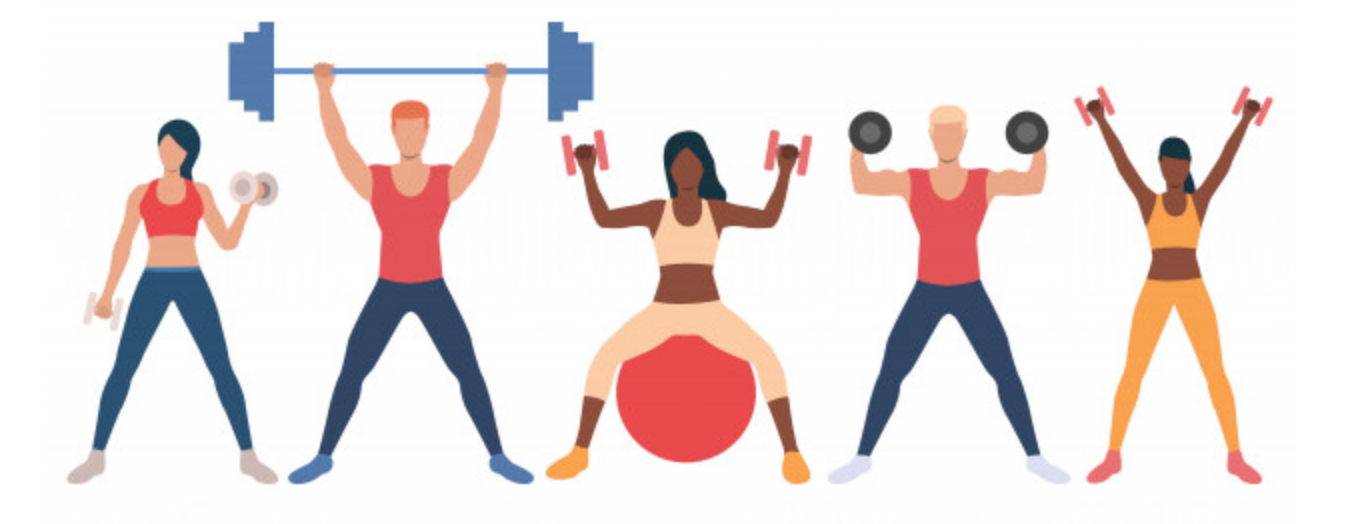
Physical Fitness - The general capacity to adapt and respond favorably to physical effort.
There are two types of physical fitness, Health-related fitness and physical-related fitness.
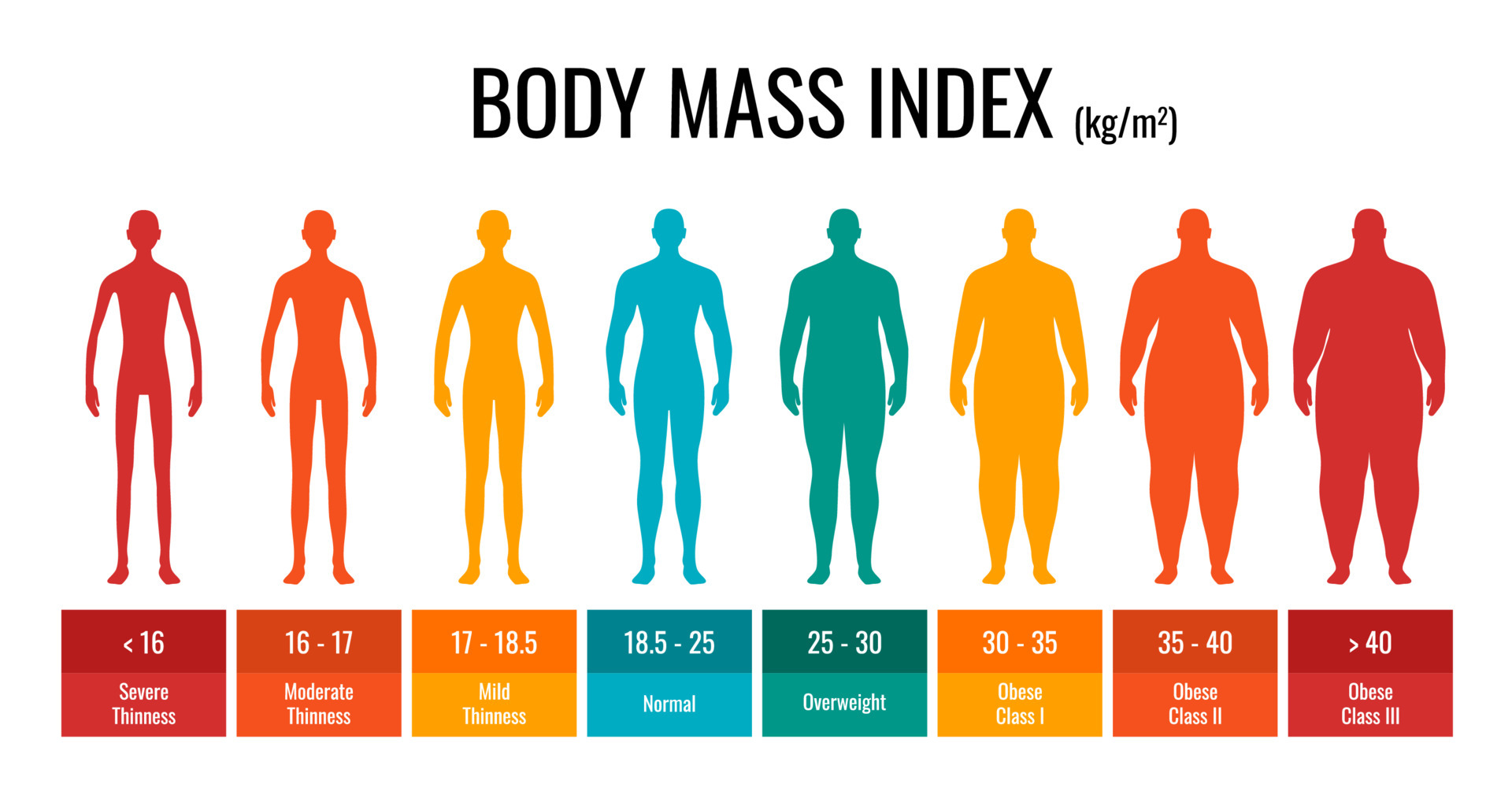
Body Mass Index (BMI) - An index that incorporates height and weight to estimate critical fat values at which risk for disease increases.
In recent times, the BMI has been becoming increasingly controversial, with some medical professionals claiming that it is inaccurate and doesn’t take into account the ethnicity, body type, or muscle percentage of the person.
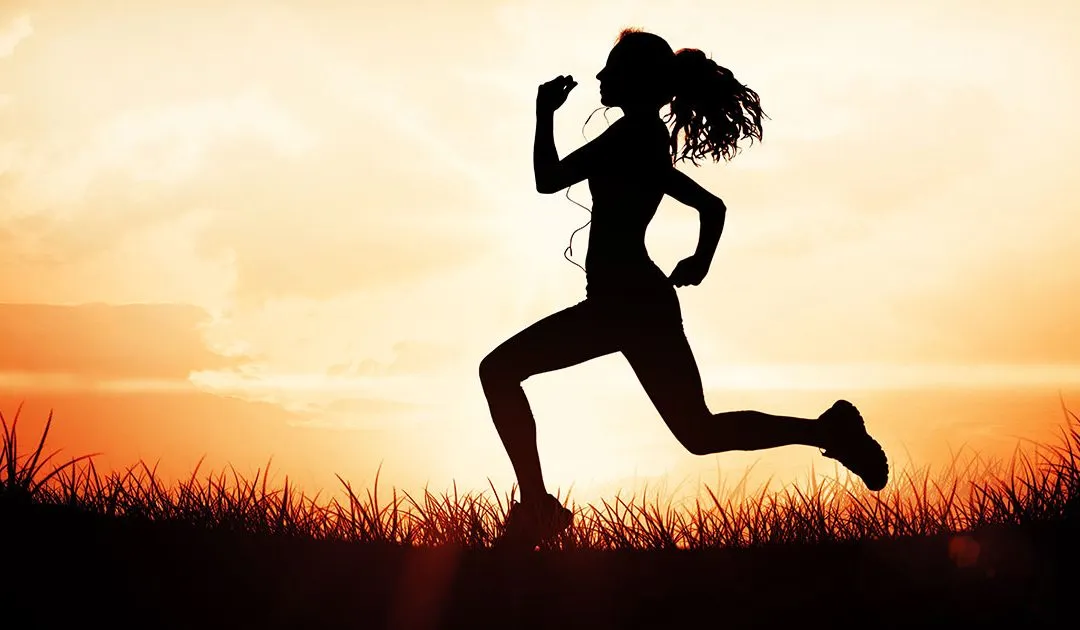
Exercise - A type of physical activity that requires planned, structured, and repetitive bodily movement done to improve or maintain one or more components of physical fitness.
There are lots of different kinds of exercise, and each kind focuses on different parts of the body.
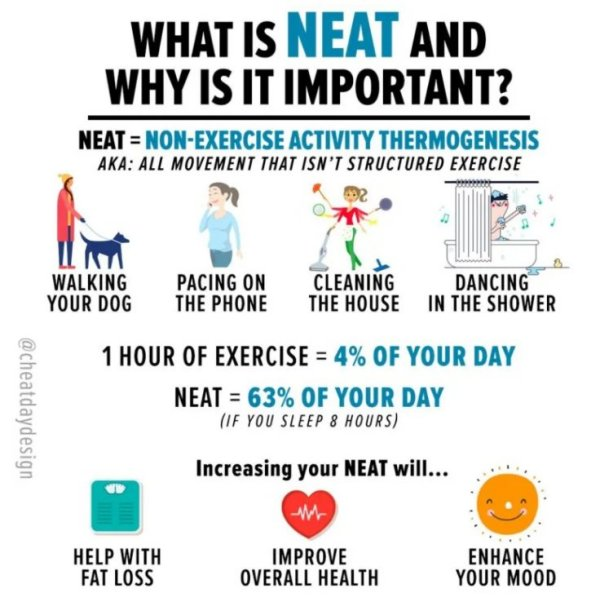
Non-exercise Activity Thermogenesis (NEAT) - Energy expended doing everyday physical activities not related to exercise.
Increasing your NEAT throughout the day is more beneficial that being sedentary, so any exercise is better than none.

Wellness - The constant and deliberate effort to stay healthy and achieve the highest potential for well-being.
There are several different kinds of wellness, including social, physical, spiritual, environmental, mental, emotional, and occupational wellness.
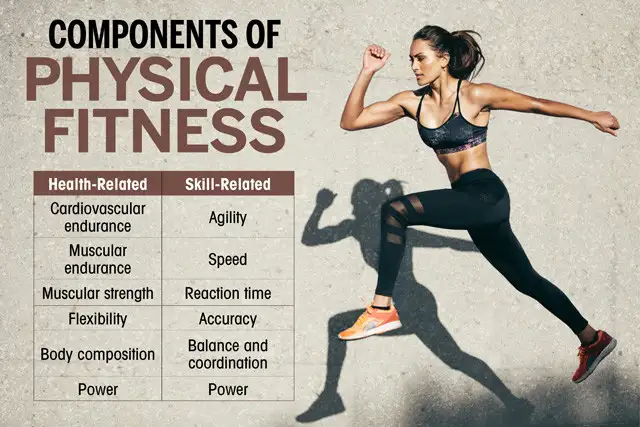
Performance Related Fitness - Components of Fitness important for successful motor performance in athletic events and in lifetime sports and activities.
The six components of performance-related fitness are agility, balance, coordination, power, reaction time, and speed.
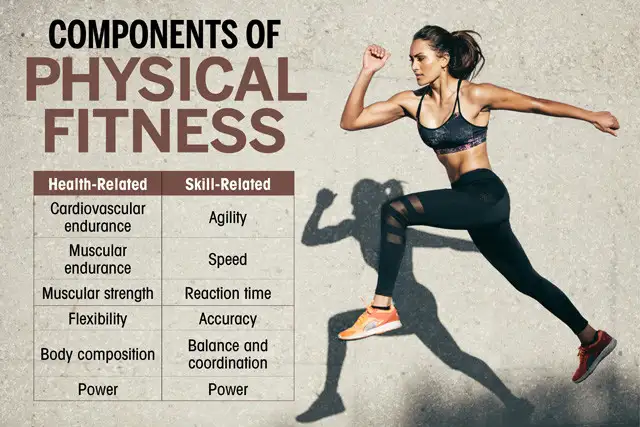
Health Related Fitness - a physical state encompassing cardiorespiratory endurance, muscular fitness, muscular flexibility, and bodily composition.
This is normally what most people think of when they hear “fitness”.
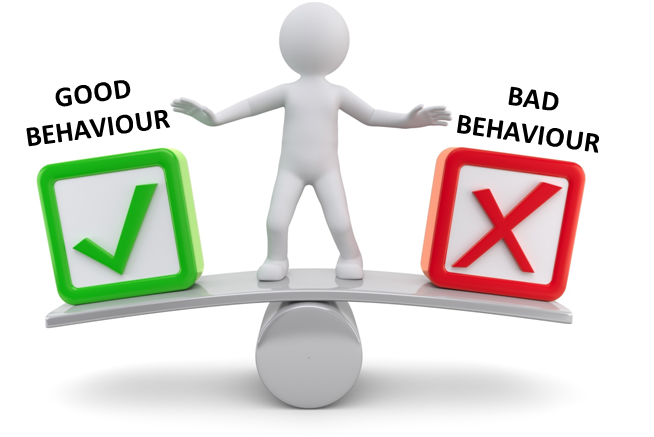
Behavior Modification - The process used to permanently change negative behaviors in favor of positive behaviors that will lead to better health, well-being, and productive life.
Changing behaviors takes a lot of effort, and it’s important to give ourselves time and grace as we change.
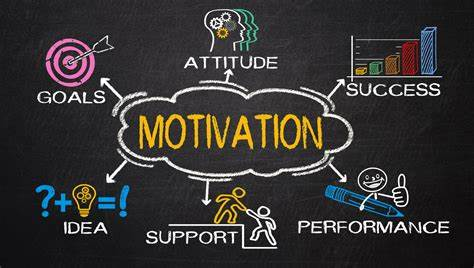
Motivation - The desire and will to do something.
Motivation can be the driving factor between those who succeed and those who fail. Motivation comes from within, but it can definitely be influenced by external factors.
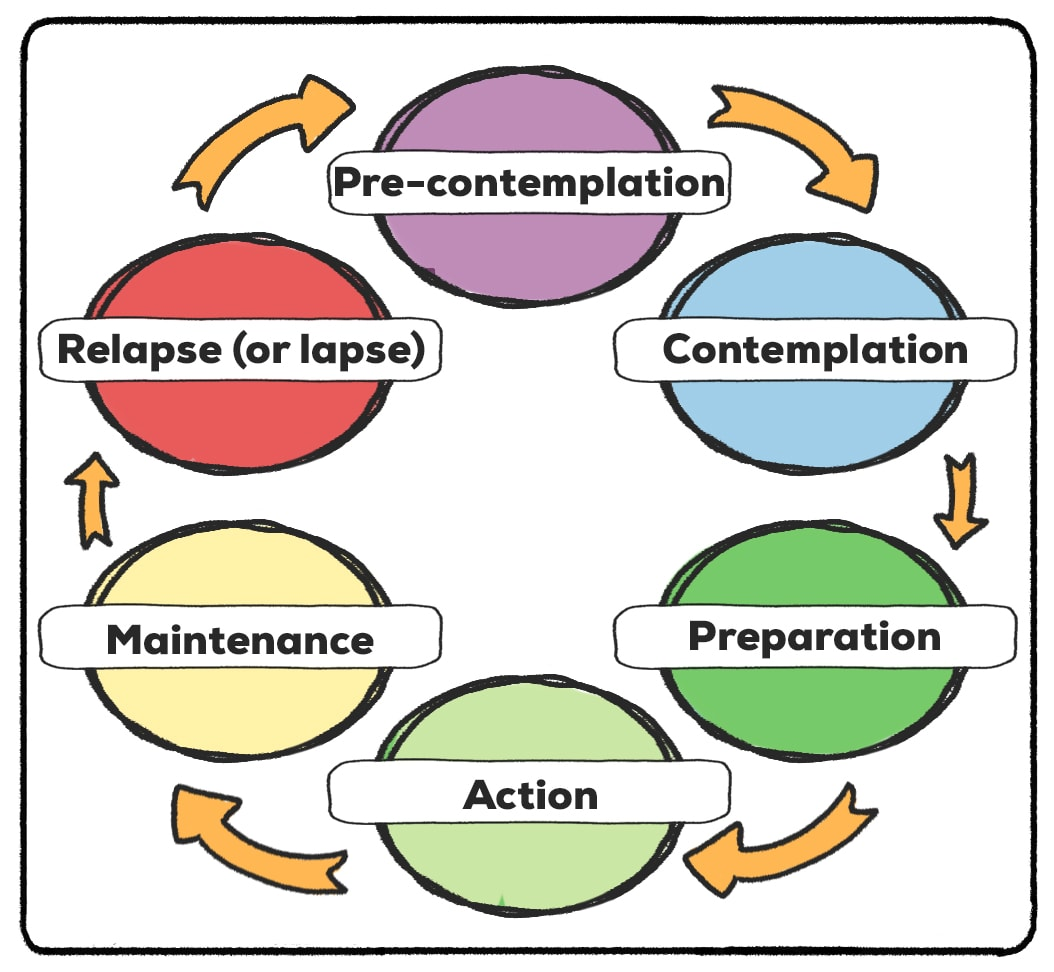
Precontemplation Stage - The stage in which people are unwilling to change their behavior.
People need to want help in order to get better, and it takes a large amount of self-awareness to surpass this stage.
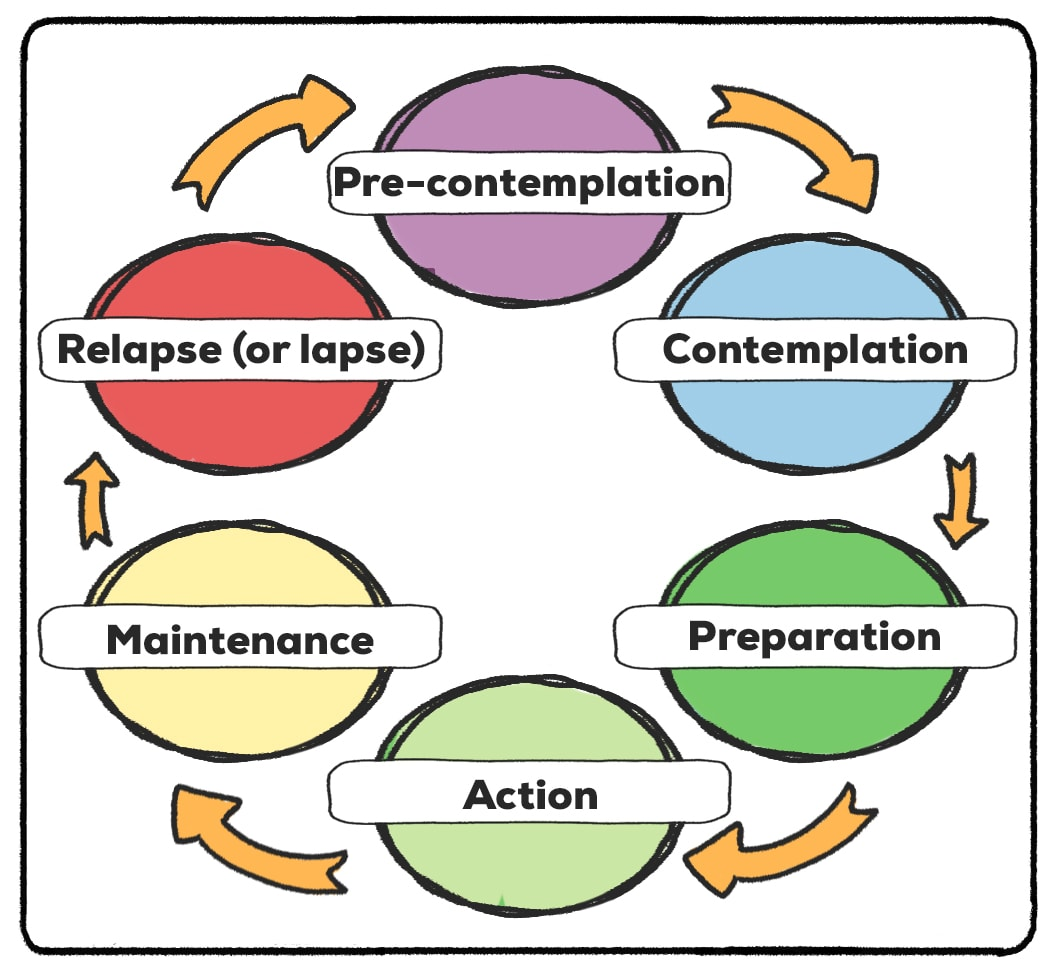
Contemplation Stage - the stage of change in which people are considering changing their behavior in the next 6 months.
In order to surpass this stage, individuals need to reflect and realize what is keeping them from taking action. It could be complacency, fear of the unknown, fear of judgement, etc.
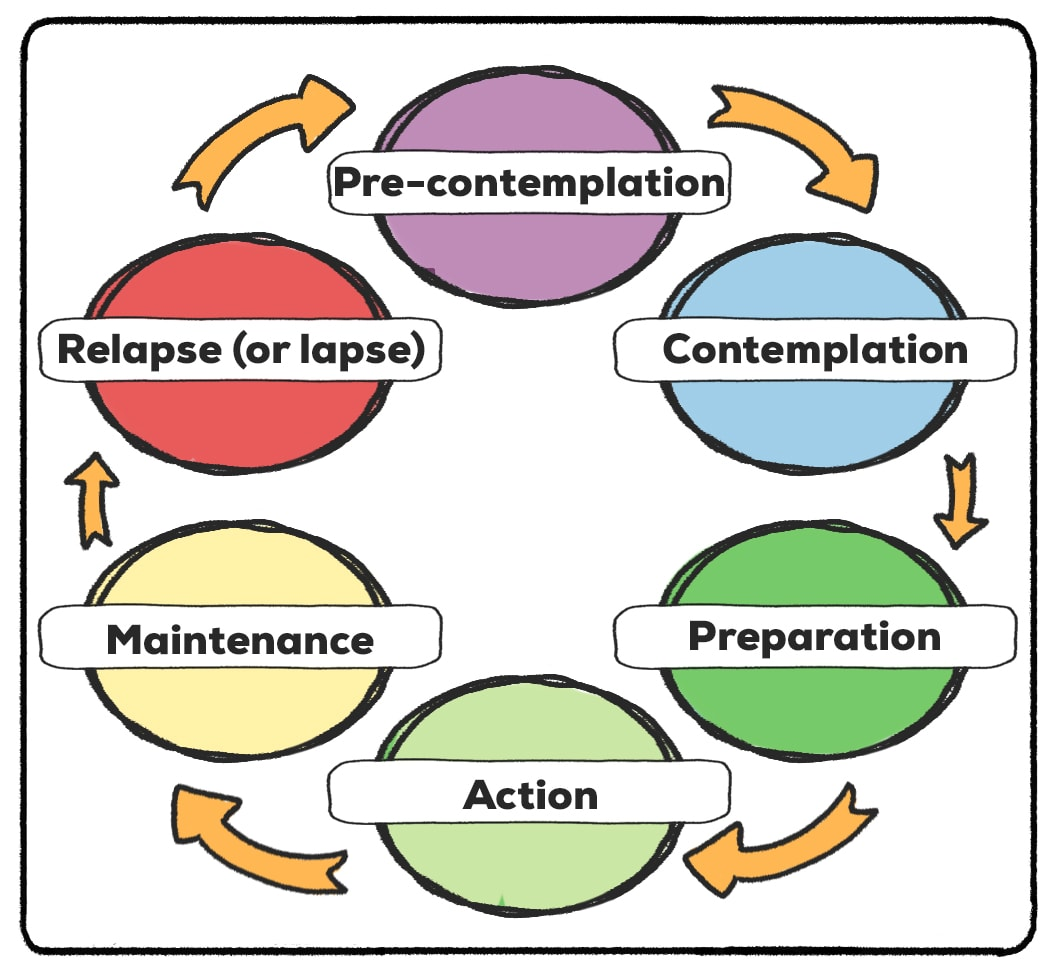
Preparation Stage - Stage of change in which people are getting ready to make a change within the coming month.
These individuals realize that a change in behavior is necessary and beneficial. They are setting goals, contemplating on their desired outcomes, and beginning to take the first step into putting their plans into action.
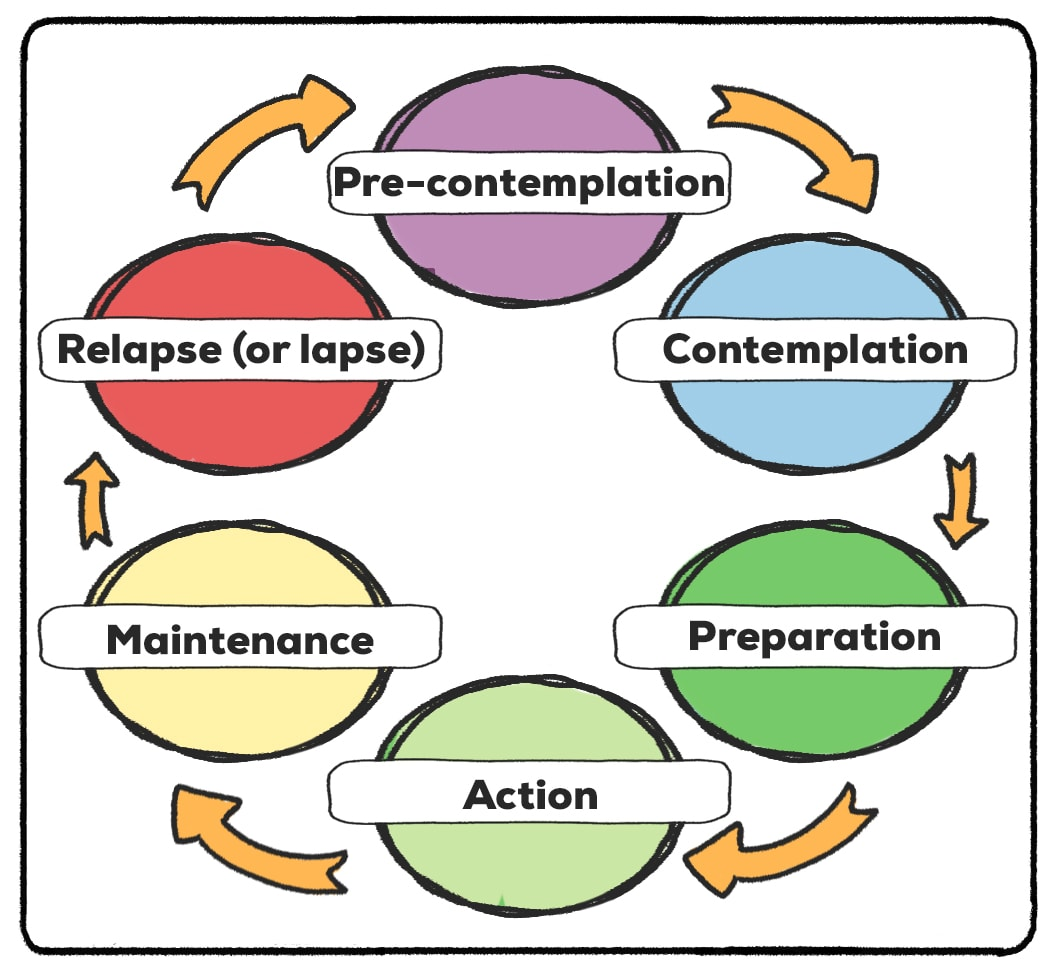
Action Stage - Stage of change in which people are actively changing a negative behavior or adopting a new, healthy behavior.
These individuals are actively making changes in their lives, regardless of how small they seem to others. It could be as small as “cutting out sodas”, or it could be as big as “biking one mile each day”. What’s important is building confidence in order to maintain the momentum.
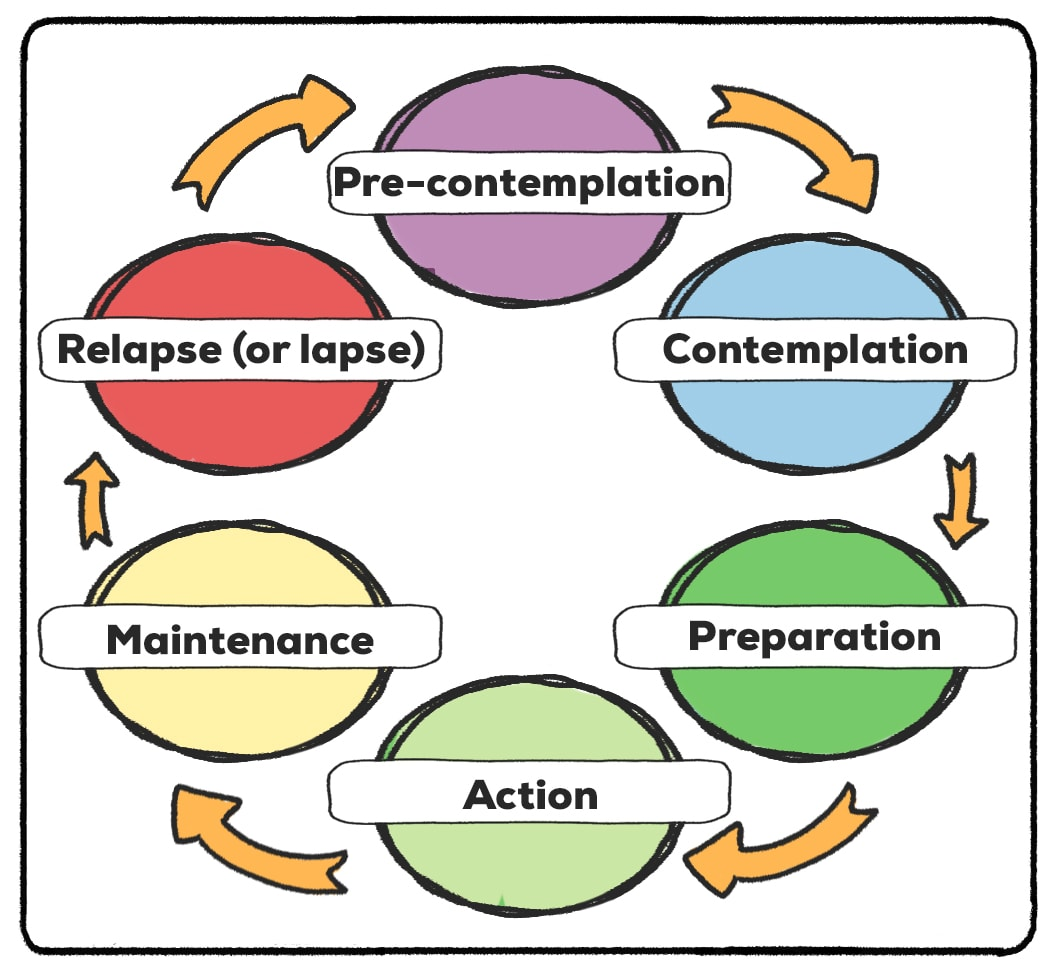
Relapse - Slipping or falling back into an unhealthy behavior or failing to maintain healthy behaviors.
It’s important to keep yourself accountable when you slip. However, being too harsh can create a negative connotation with exercise or food, which leads to mental distress. Allowing yourself grace as you change habits will make it easy to keep a high self-esteem. This is also a stage where reflection is helpful, as being aware of your progress makes it easier to bounce back from a lapse.
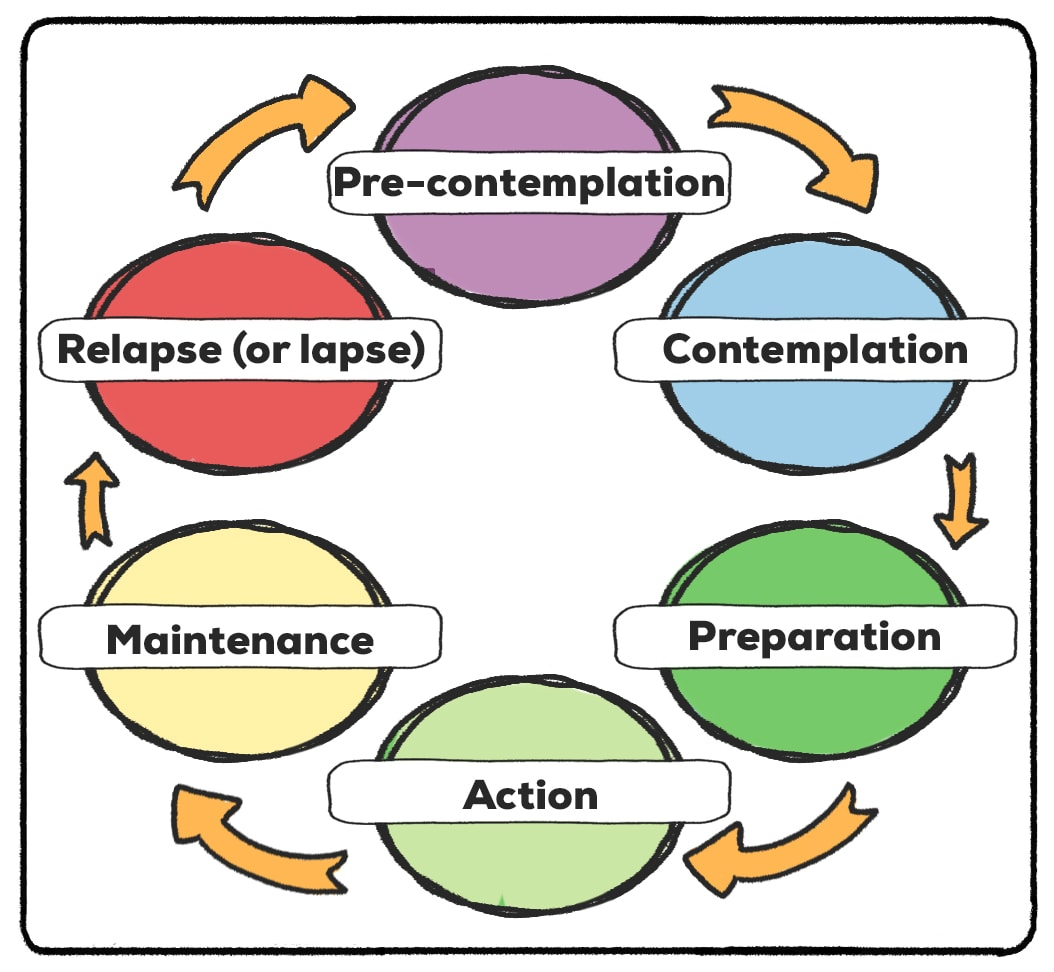
Maintenance Stage - Stage of change in which people maintain behavioral changes for up to 5 years.
This is the stage where people have formed habits, but they are still somewhat conscious. They are motivated to maintain these behaviors.
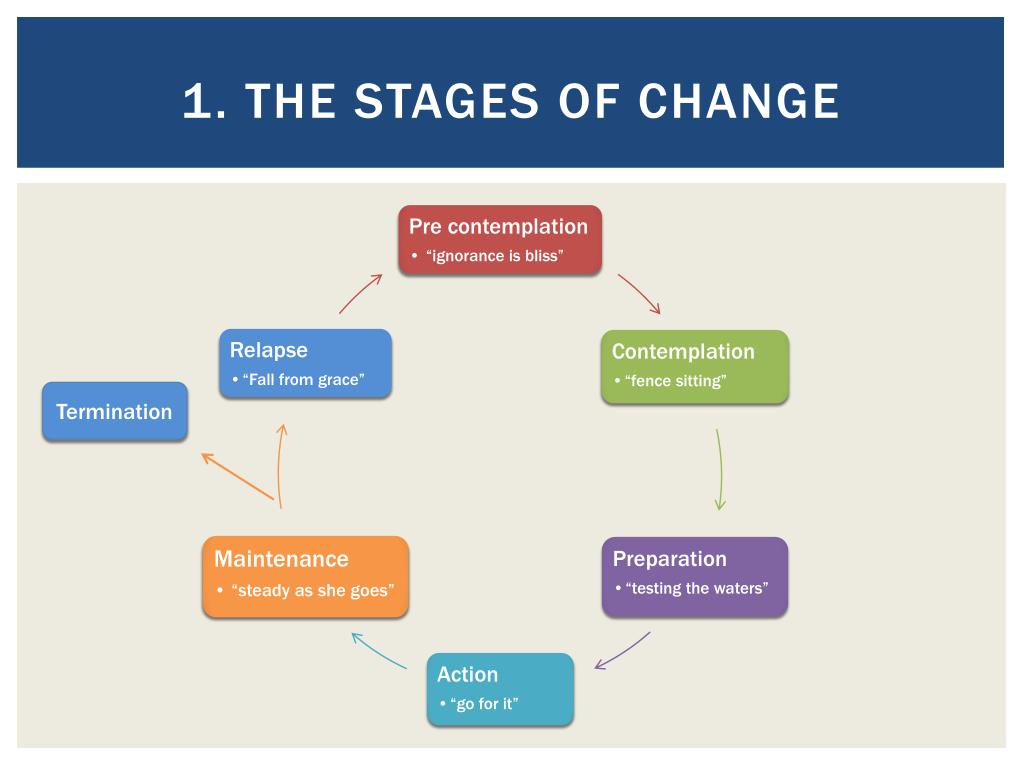
Termination / Adoption Stage - The stage of change in which people have eliminated an undesirable behavior or maintained a positive behavior for more than 5 years.
This is the result of the maintenance stage, you either subconsciously adopt the desired behavior, or you get rid of the undesired one. That is not to say that relapses are not possible at this stage, but it is a lot more engrained in your mind.
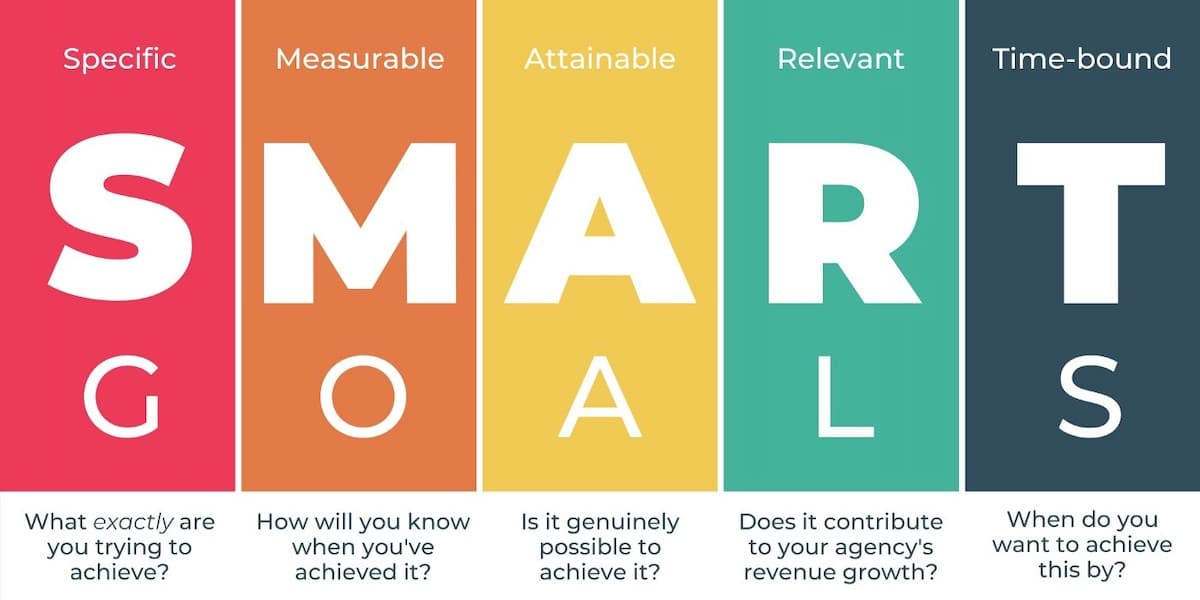
S.M.A.R.T. Goals - Specific, Measurable, Achievable, Relevant, Time-bound goals that help in effectively planning and achieving objectives.
This is an example of a “mnemonic”, which helps us to remember information.
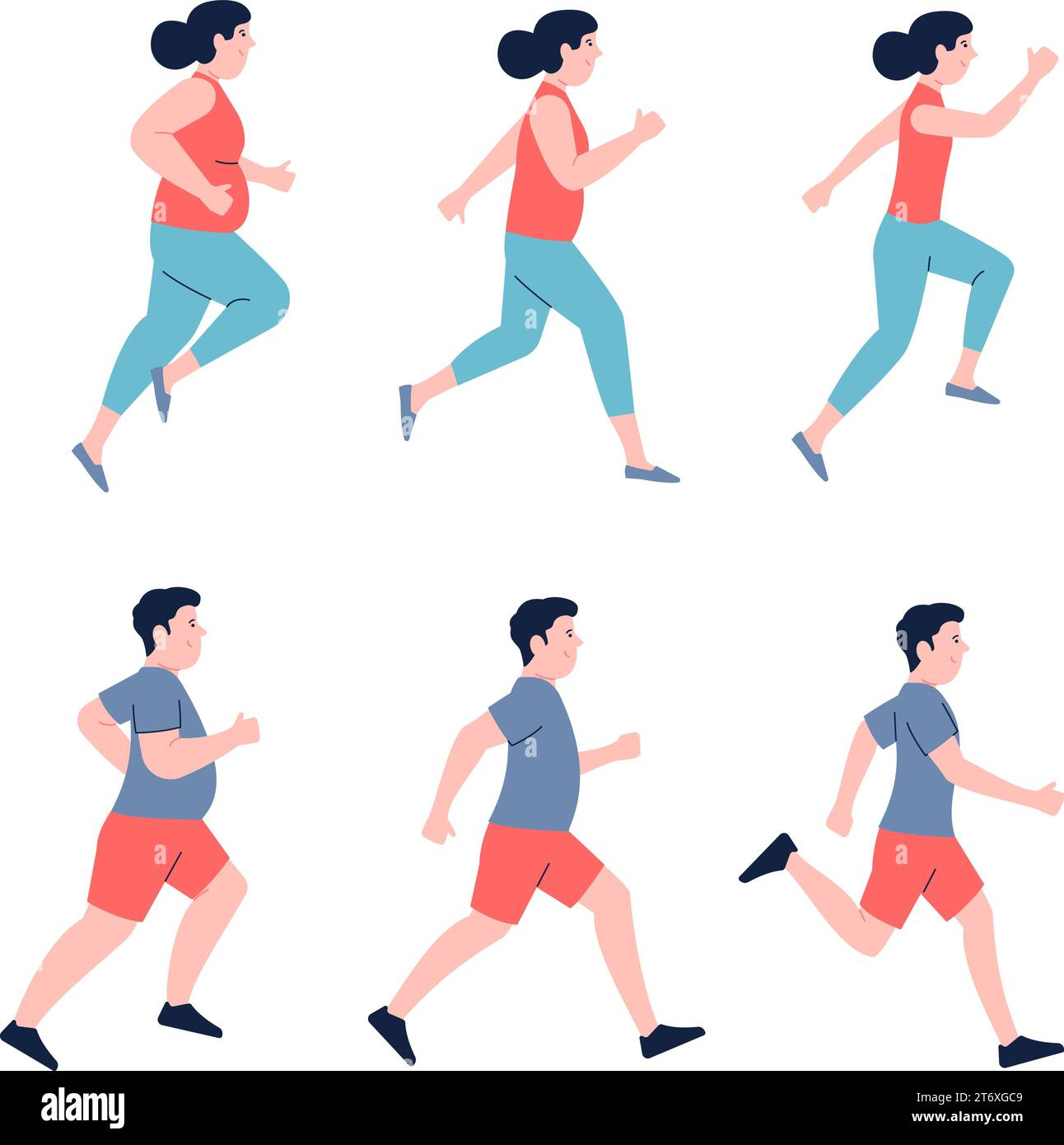
Responders - Individuals who exhibit improvements in fitness as a result of exercise training.
Multiple people could have the exact same diet, exact same workout routine, exact same training equipment, etc., and still wind up with different results. Everyone is different.

Non-responders - Individuals who exhibit little to no improvements in fitness as compared with others who undergo the same training program.
Multiple people could have the exact same diet, exact same workout routine, exact same training equipment, etc., and still wind up with different results. Everyone is different.

Cardiorespiratory endurance - Ability of the lungs, heart, and blood vessels to deliver adequate amounts of oxygen to the cells to meet the demands of prolonged physical activity.
It measures how well your body reacts to long periods of exercise, which in turn reflects your overall fitness.
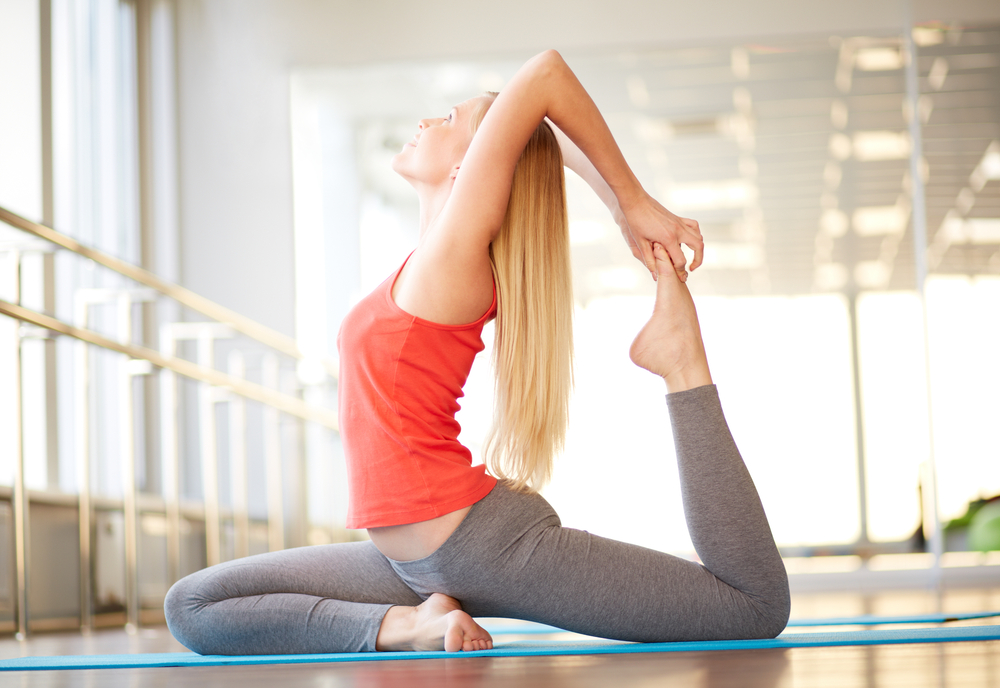
Flexibility - The achievable range of motion at a joint or group of joints without causing injury.
Abruptly forcing a tight muscle beyond its achievable range of motion can lead to injuries, and that is why it’s important to stretch before and after engaging in physical activtity.
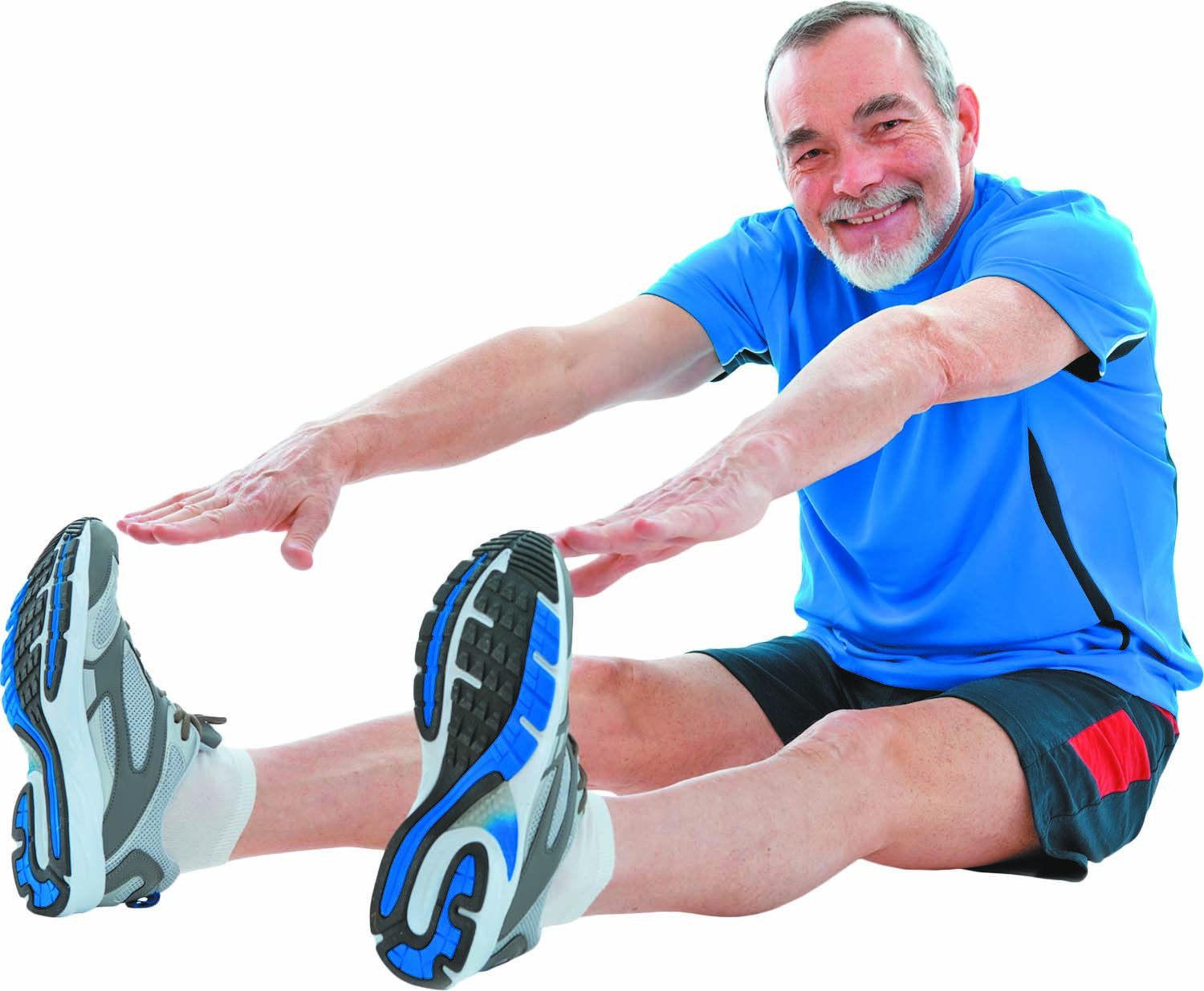
Stretching - Moving the joints beyond the accustomed range of motion.
An increased range of motion has the primary benefit of maintaining muscle and joint health.
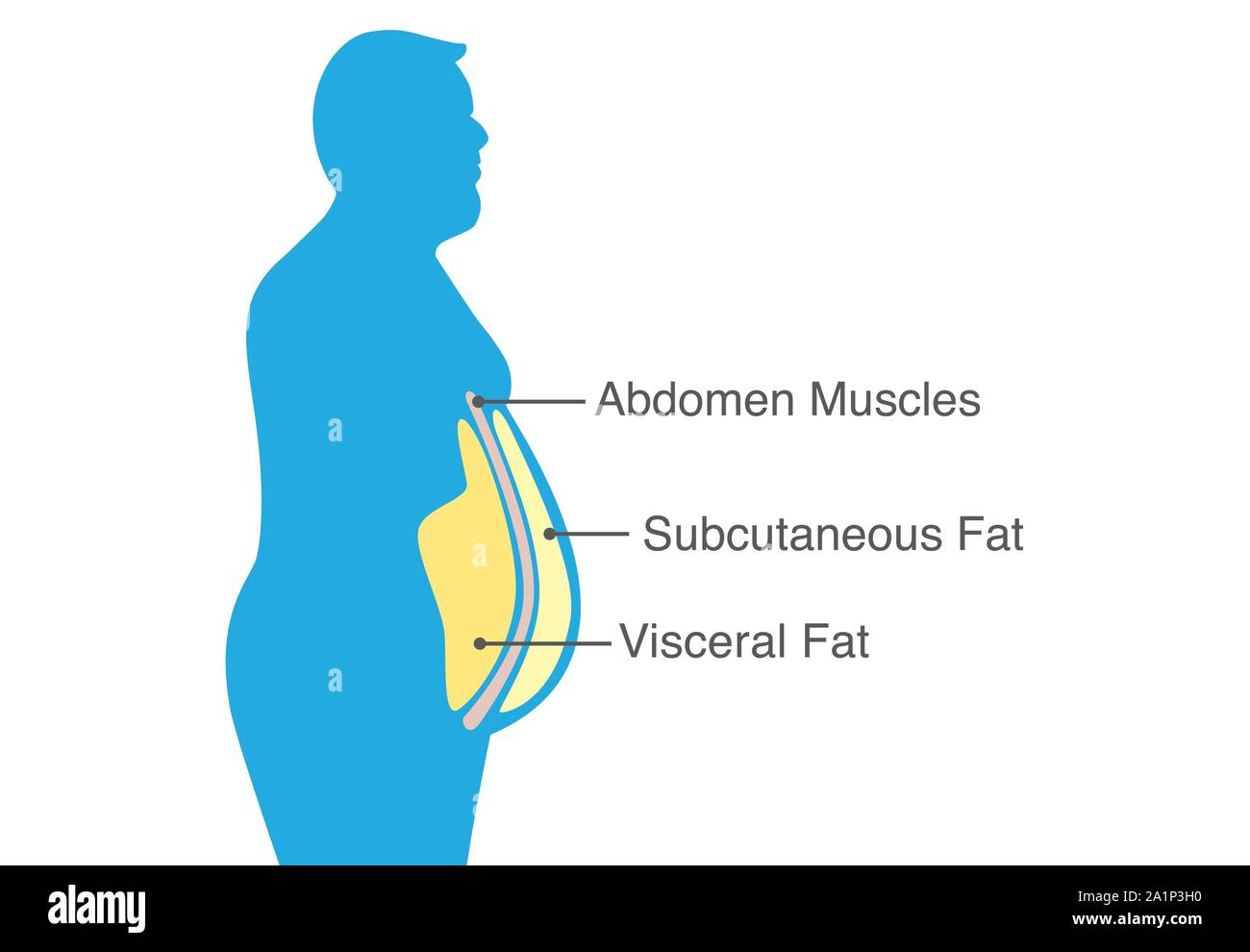
Subcutaneous Fat - Fat deposits directly under the skin.
Subcutaneous fat helps us to regulate body temperature and also protects our bones, but is harmful in large quantities.

Visceral Fat - Fat deposits located around internal organs.
Visceral fat is linked with greater risk of disease.